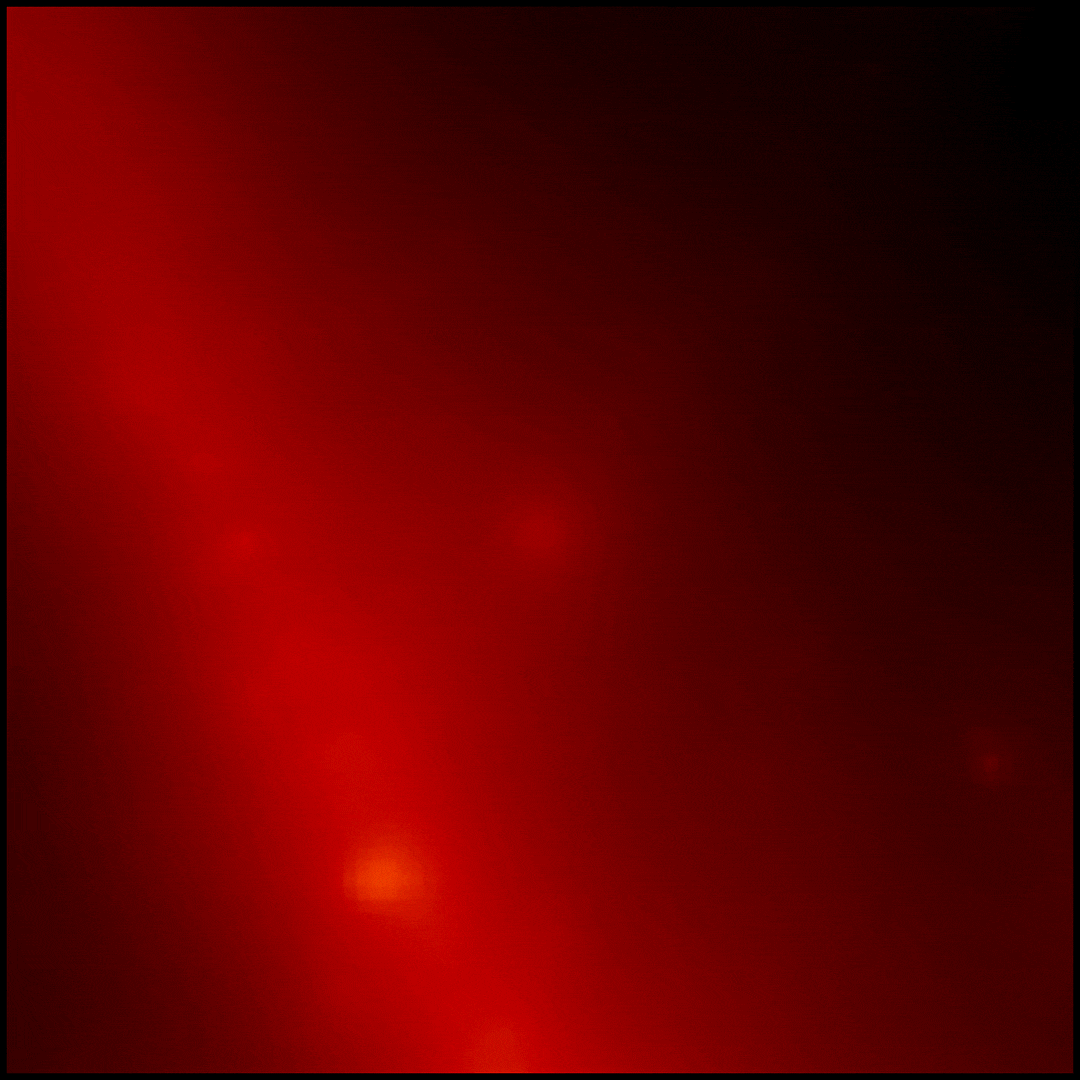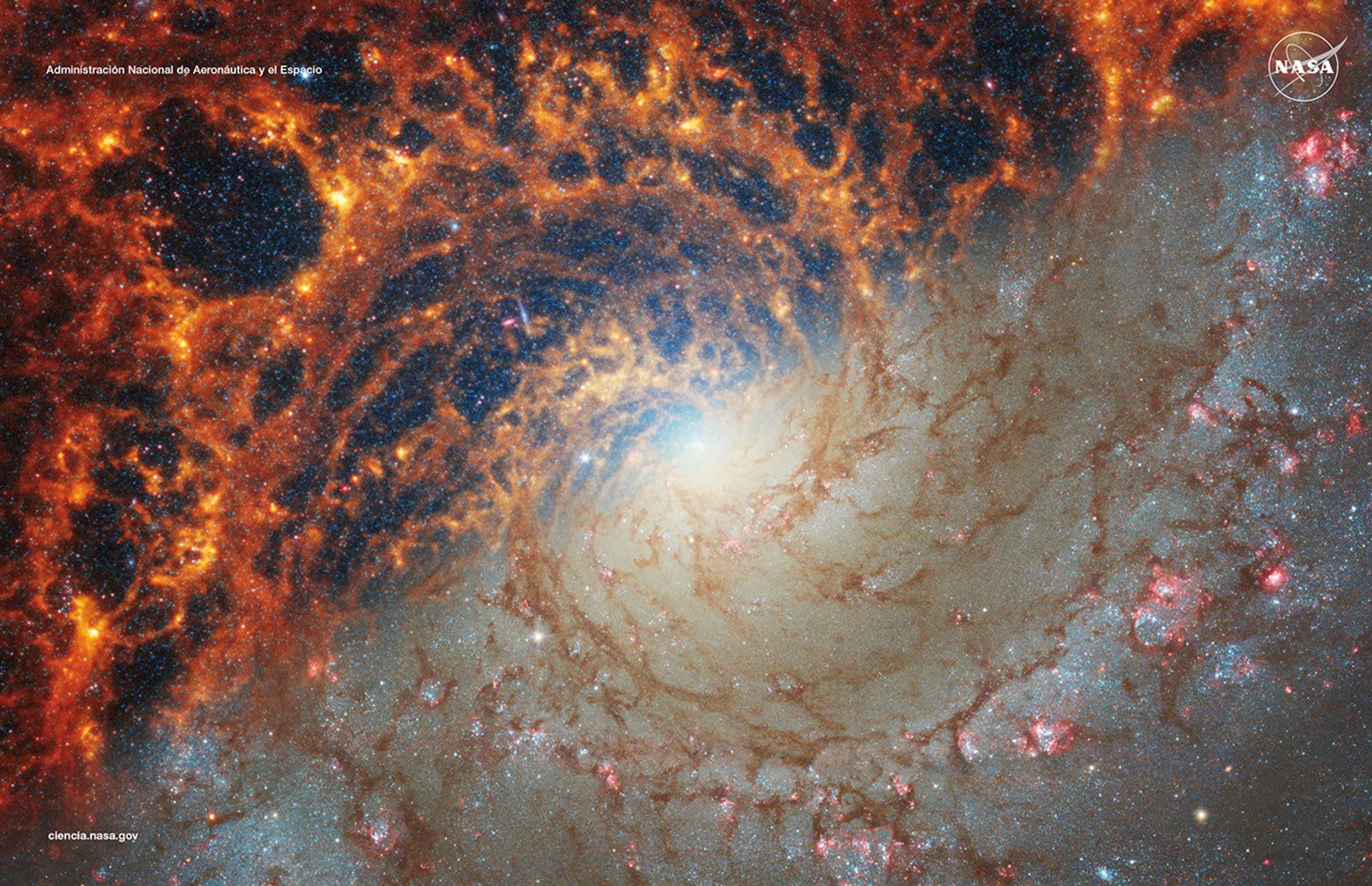Science Analysis Group
Future Innovations in Gamma Rays
The focus of the activity of the Future Innovations in Gamma Rays SAG will be identifying future science drivers, necessary capabilities, and priorities for the future of gamma-ray astronomy.
About FIG SAG
Probing Astrophysical Phenomena, Fundamental Physics, and Cosmology Uniquely Afforded by Gamma Rays
What science can only be done or is best done by future space-based gamma-ray missions? What science will be done by currently funded missions in development, such as COSI? What gamma-ray science can be accomplished by small-, medium-, and large-scale missions?

Questions to be Evaluated
Gamma-Ray Science Priorities: What are the opportunities to probe astrophysical phenomena, fundamental physics, and cosmology that are uniquely afforded by gamma rays? How do these opportunities connect to the priorities of the wider astrophysics community? For each of these phenomena, how can future gamma-ray observations advance our current understanding and what is lost by not including gamma-ray constraints? What are the observational capabilities and requirements for these future studies?
Theory / Modeling / Analysis / Fundamental Physics Needs: What theoretical or analysis (e.g., Machine Learning) advances are needed to maximize the impact of these observations and low-level data products? What connections to physics disciplines should be developed to maximize science impact. Which observations require higher fidelity analysis or modeling methods and implementations?
Technology Investment: What are new technologies/methodologies available since the launch of Swift and Fermi? How do these map to the science priorities outlined above, and what areas need further development and investment in order to enable that science?
Gamma-Ray Mission Capabilities: What science can only be done or is best done by future space-based gamma-ray missions? What science will be done by currently funded missions in development, such as COSI? What gamma-ray science can be accomplished by small-, medium-, and large-scale missions?
Synergies with Other Programs: How can future gamma-ray missions complement the fleet of NASA missions and current thrusts like multi-messenger astronomy and its ties to ground-based missions? Are there key facilities that set necessary timelines for future gamma-ray missions? What synergies exist with other agencies with efforts in detector technology, physics, and analysis research (e.g., detector or associated electronics research and development, data analysis techniques, laboratory astrophysics, modeling methods, software, data archiving)?
FIG SAG Chairs
Current Co-Chairs
| Name | Institution |
|---|---|
| Christopher Lee Fryer | LANL |
| C. Michelle Hui | NASA MSFC |
| Paolo Coppi | Yale University |
| Milena Crnogorcevic | University of Stockholm |
| Tiffany Lewis | Michigan Tech |
| Marcos Santander | University of Alabama |
| Zorawar Wadiasingh | University of Maryland / NASA GSFC |
News & Events

FIG SAG Report and Supporting Publications Topic Speaker Future Gamma-ray Pulsar Timing Arrays Matthew Kerr Special Edition and Draft Overview Session Video Session Audio

Questions to be Evaluated Gamma-Ray Science Priorities: What are the opportunities to probe astrophysical phenomena, fundamental physics, and cosmology that are uniquely afforded by gamma rays? How do these opportunities connect to the priorities of the wider astrophysics community? For…

Physics of the Cosmos and Joint Program Analysis Group activities will be scheduled from 9am to 6pm Eastern on Sunday, 12 January 2025. Sunday, 12 January 2025 Physics of the Cosmos & Physics of the Cosmos Program Analysis Group Sessions Room: Maryland Ballroom…

FIG SAG Session University of Maryland, College ParkAtlantic Building Room 240 Friday, 13 September 2025 Time Topic Speaker Presentation 2:00pm – 2:30pm Historic Overview: 1997 Report on Priorities for NASA’s Gamma-Ray Astronomy Program David Thompson [PDF] Going Beyond Fermi Elizabeth…

Technology and Mission Capabilities Agenda Topic Speaker Presentation Phase Fresnel Lenses for Gamma Rays John Krizmanic [PDF] Gamma-Ray and AntiMatter Survey (GRAMS) Tsuguo Aramaki [PDF] Advanced Particle-Astrophysics Telescope (APT) Jim Buckley [PDF] Session Video

Workshop Summary and Report Session Video
Documents
The draft version of the FIG SAG report is available for viewing. Feedback and contributions sent to the chairs are very welcome!
Downloads
News Straight to Your Inbox
Subscribe to your community email news list
We will never share your email address.



























